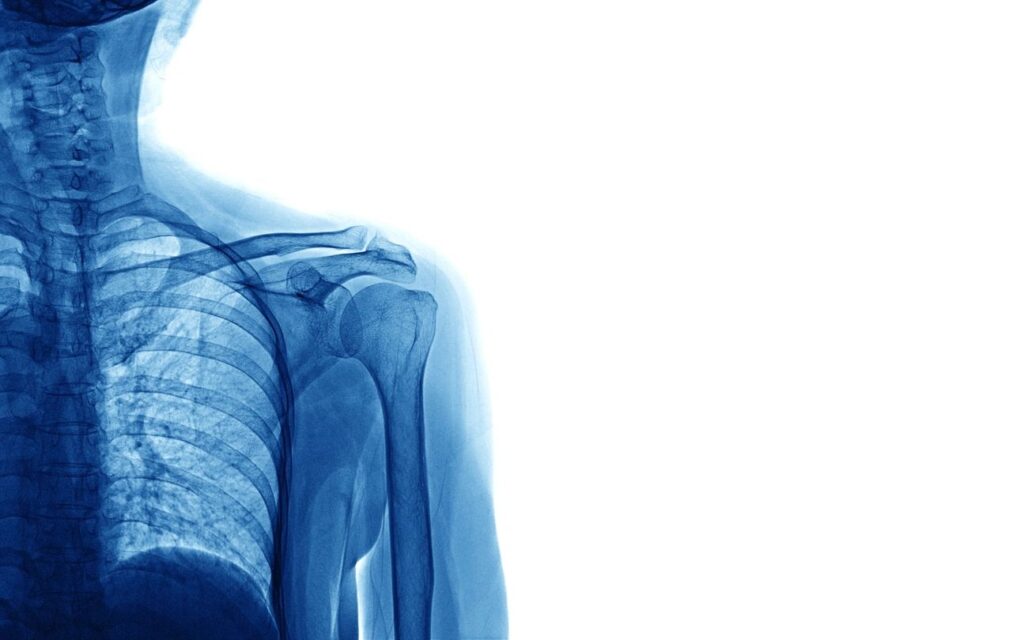
Carried off the field… Now what? The details of being an injured athlete.
Mary Margaret Flook, Staff Writer
Do you ever wonder what happens to athletes that get carried off the field, court or even track? They get carried off into a hallway, and out of sight. The camera man continues to film the action, as trainers take care of the retraction. The game goes on, and the athlete is gone.
Just because an athlete leaves the game, does not mean they are off the team. Injured athletes at North Greenville University have benefits, according to Mason Zick, a basketball player at NGU. From athletic trainers, to doctors, the athlete is taken care of with the goal of recovery.
Zick, a senior on the basketball team, experienced his share of injuries while being at NGU. Zick came in as a starting player his freshman year. Yet, halfway through his freshman year, Zick was injured.
“I closed out on a guy who was about to shoot a three, and then he drove so I turned and completely tore it,” said Zick.
Zick tore his ACL and partially tore his lateral meniscus.
Zick was out for about eight months. Yet, because he had already played 10 games during his freshman season, he could not redshirt his season. Zick said that in order to redshirt, in basketball, an athlete can only have played eight games or less.
The term “redshirt” is not an official term, according to the NCAA. Yet, it implies that an athlete does not participate in athletic competition for a season. There are two main reasons for an athlete to redshirt. One reason is that the athlete is not ready to compete and a coach wants an athlete to practice and develop more before being placed in competition. Another reason is that an athlete is injured and does not want to forfeit their NCAA eligibility.
According to the NCAA, an athlete has four years of eligibility to compete. Yet all NCAA athletes have five years to use that eligibility. When an athlete redshirts a season, that season does not use up their eligibility.
Zick recovered from his injury and came back and played his entire sophomore season. Yet, his junior year he had more complications. Zick fully tore his lateral meniscus on the same knee as his past injury. The doctor gave him an option to get cortisone shots and play through his injury or to get a surgery. Zick decided to play with his injury all the way through his senior year.
Zick said that all of the cortisone shots that got him through were paid for. Zick, who has now completed his senior year of basketball, will soon be having surgery on his knee.
Zick graduates in May and will no longer be apart of the team, but he said that his surgery is paid for by the school. According to Zick, he has a two-year window to get the surgery.
Zick said that if he had been injured playing intramural sports, than his surgery would not be covered financially by the school. Yet, because it happened during his sport, it is covered.
Zick also said that his scholarship was not taken away from him. The decision to take away an athlete’s scholarship is dependent upon the coach.
As Zick closes this chapter of his life at North Greenville University, he continues on his road to recovery with NGU’s continued financial support. An NGU injured athlete is a helped athlete.
